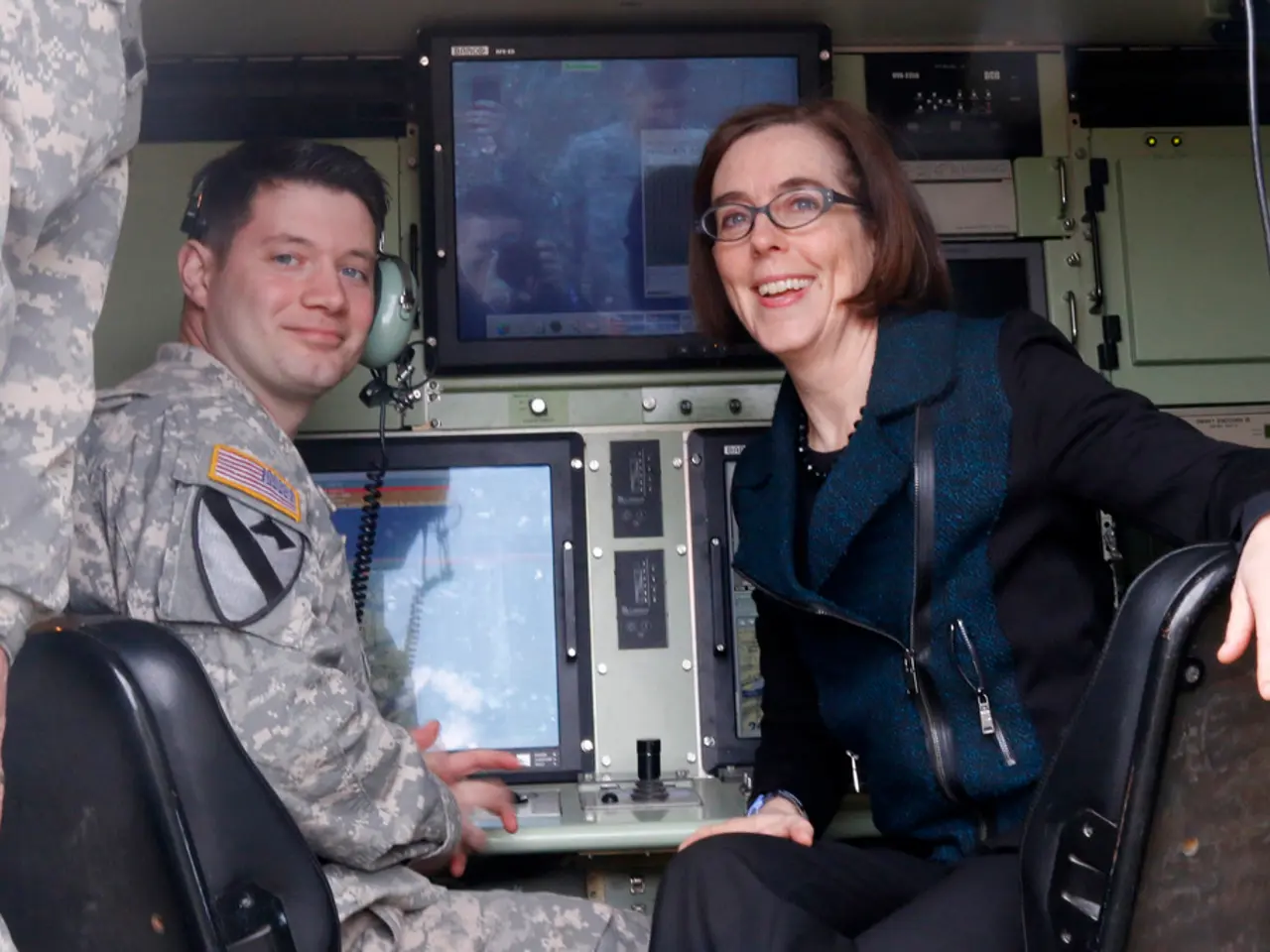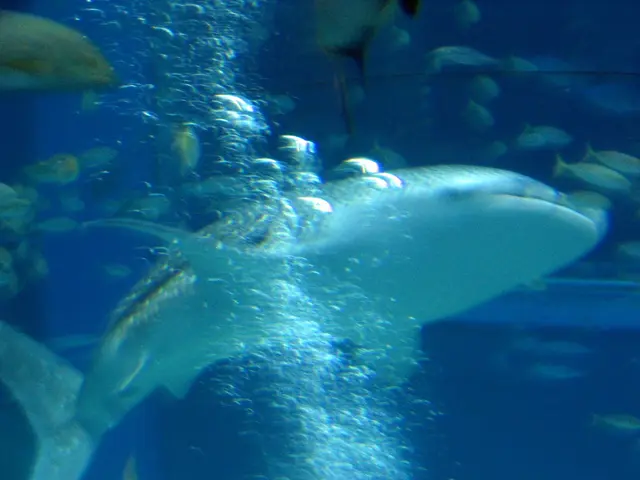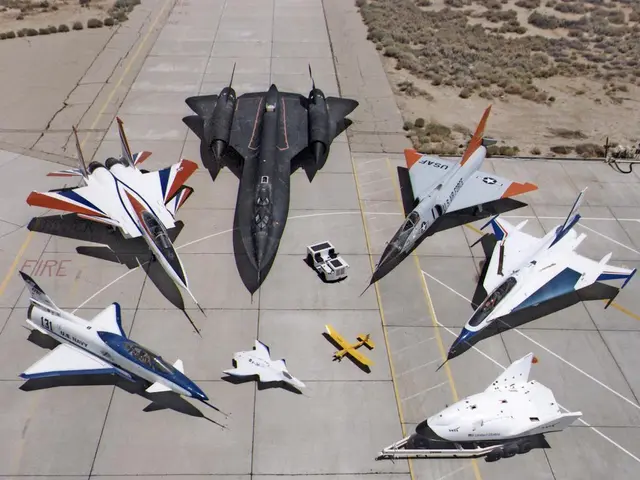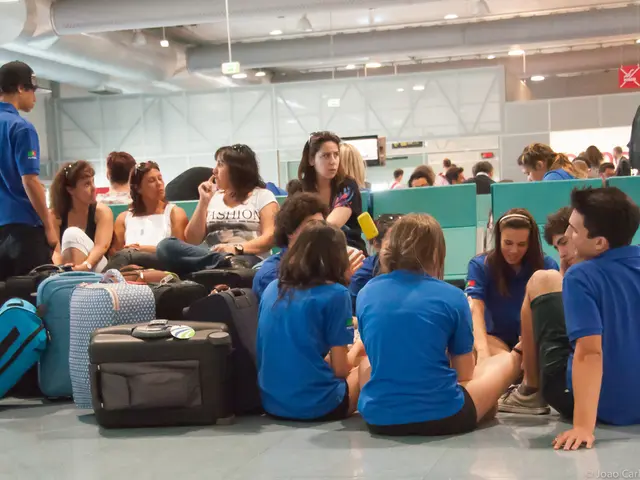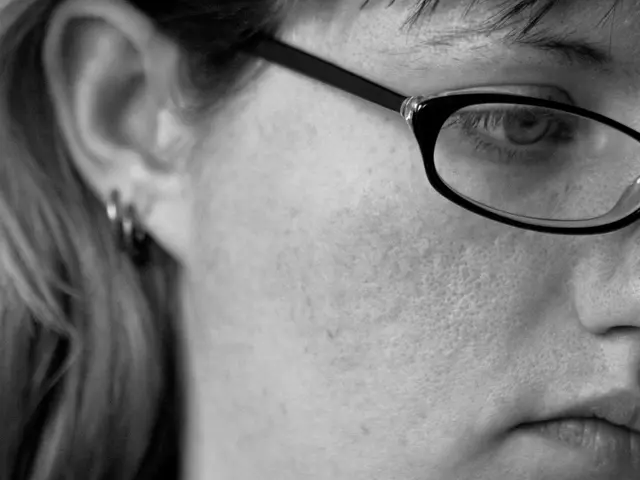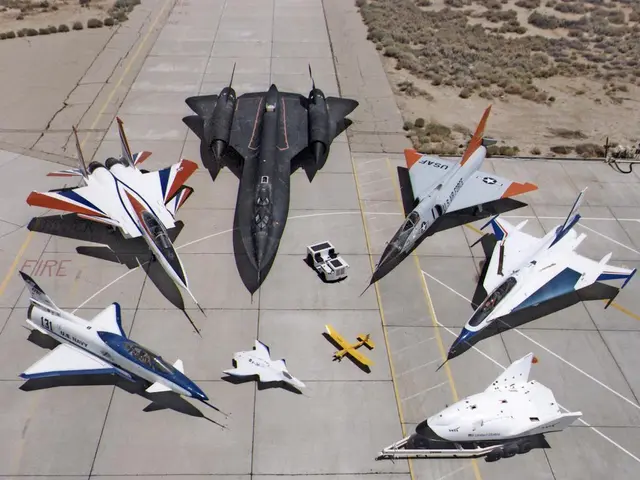Strategies for Co-Piloting: Guidance When Sharing the Cockpit
Improving Defensive Positioning for Safer Flying
In the realm of aviation, maintaining a defensive position while flying with others is crucial for ensuring safety, especially during critical phases like takeoff and landing. Here's a guide to adopting the best practices for defensive positioning while flying with other pilots.
Firstly, it's essential to avoid hovering hands over the throttle and control yoke. Instead, relax the inside hand on your leg, near the throttle, and place the other hand beside or below the control yoke. This approach not only helps you respond quickly if needed but also prevents unnecessary tension.
During a recent incident involving a Certified Flight Instructor (CFI) and an experienced student in a Cessna 172, the student suddenly pitched the nose up and banked to the left, necessitating the CFI to take control. The CFI's hands, already in a defensive, relaxed position, allowed for a quick response, preventing a potential accident.
Looking tense can make the student or co-pilot tense, which is not safe for flying. Try to verbalize concerns before taking control. In the event that you feel the need to hover over the controls or physically assist another pilot, brief them and explain what you're doing to avoid confusion.
Keeping your feet flat on the floor is not recommended; instead, have your heels on the floor and feet off the pedals to allow for full yaw control. This is another aspect of defensive positioning that can help prevent inadvertent pressure on the rudder pedals, especially for students flying solo for the first few times.
In multi-pilot settings, clear communication is key. Proper and clear radio communication with position reports, monitoring traffic and frequencies, conducting careful visual scans, and assigning pilot flying and monitoring roles clearly can help maintain awareness and prevent mid-air collisions.
For ground operations during complex maneuvers like touch-and-go landings, defensive positioning includes being ready for quick throttling and maintaining directional control with hands and feet, ensuring no distractions result in loss of control on the runway.
Remember, defensive positioning is about being ready and aware to intervene quickly if the need arises, not about continuously grasping the controls. By adopting these best practices, you can significantly improve your flying experience and ensure a safer environment for all involved.
Lastly, for those looking to improve their landings, consider the Boldmethod online course, "Mastering Takeoffs and Landings." This course provides lifetime access to tools that increase confidence and make landings more consistent, all for less than the cost of a flight lesson.
[1] Source [2] Source [3] Source [4] Source
- In the aviation industry, being vigilant during critical phases like takeoff and landing, such as a Cessna's flight, is essential for defensive positioning.
- During a CFI and student's flight, the student's sudden maneuver demonstrated the importance of a pilot maintaining a relaxed, defensive position on the aircraft's controls.
- A tense appearance in pilots can induce tension in students or co-pilots, leading to unsafe conditions in aviation sports.
- In such situations, it's advisable to verbally address concerns before taking control and communicating any necessary actions to avoid confusion.
- Placing the inside hand on your leg near the throttle and the other hand beside or below the control yoke is a recommended defensive position.
- Eye contact and clear, concise verbal communication are indispensable in multi-pilot settings, assisting in shared awareness and preventing mid-air collisions.
- On the runway, ensuring quick throttle response and maintaining directional control through hands and feet is crucial during complex ground operations like touch-and-go landings.
- Adopting a relaxed yet attentive posture, focused on being ready rather than grasping the controls continuously, is the key to effective defensive positioning.
- Well-planned procedures, such as the ones taught in aviation training, can help pilots manage emergencies and navigate through transportation challenges.
- For those aiming to enhance their landing skills, online courses like the "Mastering Takeoffs and Landings" by Boldmethod offer valuable tools and resources at a competitive price compared to flight lessons.
- Following aviation regulations, keeping up-to-date with industry finance trends, and adopting the best practices for defensive positioning can collectively lead to a safer, more enjoyable flying experience.
